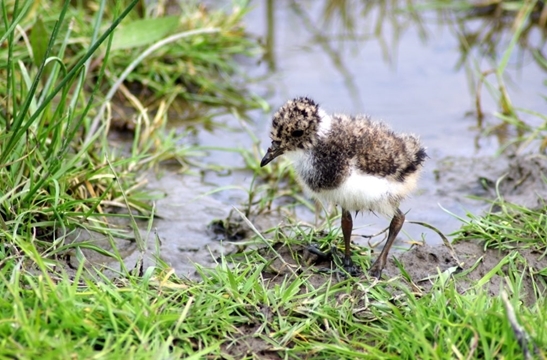
On 30th May the GWCT Morning Briefing reported on a think piece by Hong Jiang, a PhD student at York University, which asked how we achieve the expansion of protected areas and other effective area-based conservation measures (OECM) in line with the ambitions of COP15 and the new post-2020 Global Biodiversity Framework (GBF). The GBF commits to 23 action-orientated targets by 2030.
Hong Jiang states “..relative to the ambitious goal of reversing biodiversity loss, it is clear that the current conservation measures still need to go a long way, in terms of coverage, representation, resource input, management effectiveness, and conservation effectiveness.” Some of this statement I wholeheartedly agree with – representation (ecological and stakeholder) and effectiveness are vital. But I question whether, in the UK context, the expansion of protected areas is the right way forward.
And context is important.
The overall ambition of the GBF is to halt the loss of biodiversity across the world. However, it is the translation of these global targets to national, local and particularly individual land holding level that is important, as it is at the micro-scale that effectiveness is key yet presents the greatest difficulty. And the principal difficulty (given historic failures to meet biodiversity targets both globally (Aichi) and domestically (Biodiversity 2020)) is to make policy effective.
Protected areas – national parks, wilderness areas, community conserved areas or nature reserves – mean different things in different countries with the IUCN the global oversight body. In most cases they are designated by legislation e.g. in the UK by the 1949 National Parks and Access to the Countryside Act. But it is interesting that the IUCN definition (see Box 1) does not regard this as fundamental, referring also to other effective means or OECMs (for a definition see box 2).

In the UK protection is now synonymous with legal status. Yet protection also means custody, responsibility and guardianship. A better approach would be to focus on governance and management. This is the approach taken by other international designations such as the IUCN Green List as well as being in the OECM definition (box 2).
The IUCN Green List regards good governance, sound design and planning and effective management as the baseline components supporting successful conservation outcomes. It is therefore reassuring that the current 30by30 on land policy incorporates OECMs and considers the principles of governance and management.
But is legal protection more effective?
The current policy approach of increasing the extent of UK legally protected areas to combat continuing wildlife decline is not encouraging as the record of our protected areas in supporting nature recovery is not good.
But it is not the intention to ‘protect’ wildlife that is failing; it is the concept of protection as an effective delivery measure. Just applying legally binding protection to an area or species does not work. It provides an impetus to action and a means of retribution (if an illegal activity has resulted), that is all.
If legal protection is not effective, what is?
Quite simply, targeted management.
Bottom-up approaches to conservation are bread and butter to the GWCT. Working with landowners, land managers and farmers in support of their ambitions for nature recovery on their land has been rewarding and their investment in our research has led to the development of practical management measures that can be site-specific.
These measures revolve around 3 principles which find their roots in game management, namely: habitat provision, food (including supplementary feeding) and protection from predation pressure. They are adaptable as for each site or each species the relative proportions of these will change – as they will by season too.
These three principles have been shown to be effective conservation measures for a range of upland, lowland and woodland fauna. We have also worked with groups of farmers at species level (such as the county-based Grey Partridge groups) and at landscape level (such as farmer clusters and now their evolution into a broader policy delivery platform – the Environmental Farmers Groups) to provide the important spatial element.
So bottom-up experience tells us that effective conservation equates to effective management and that this is based on responsible guardianship and stewardship. Where conservation agencies can add value is to work with land managers through providing ecological knowledge and spatial planning (i.e. improving connectivity etc).
But what about governance?
Good governance requires accountability not just effective management. Many land managers and farmers are part of monitoring schemes such as the Big Farmland Bird Count or the Partridge Count Scheme or they undertake their own monitoring using one of the apps now available so they can demonstrate the value of their work.
Such information is also useful to them as it enables them to alter their management if needed. To land managers and farmers the sight of a yellowhammer or grey partridge or curlew or lapwing is a genuine motivation to succeed – an approach often described as philanthropic conservation. We call them working conservationists.
So the answer to the question about how we achieve the ambitions of COP15 and the new post-2020 Global Biodiversity Framework (GBF) in our view does not lie with the expansion of protected areas.
Instead it involves embracing the motivation of the private land manager by supporting his ambitions for nature recovery and working with him to deliver successful outcomes as this has been proven to work. This requires policy that supports nimble or adaptive approaches to conservation as the land manager usually has the best knowledge of his site.
In a land where we have competing priorities for limited funds it simply makes no sense to curtail private sector delivery through top-down protection with its associated restrictions – especially as we are all the losers if nature continues to decline.